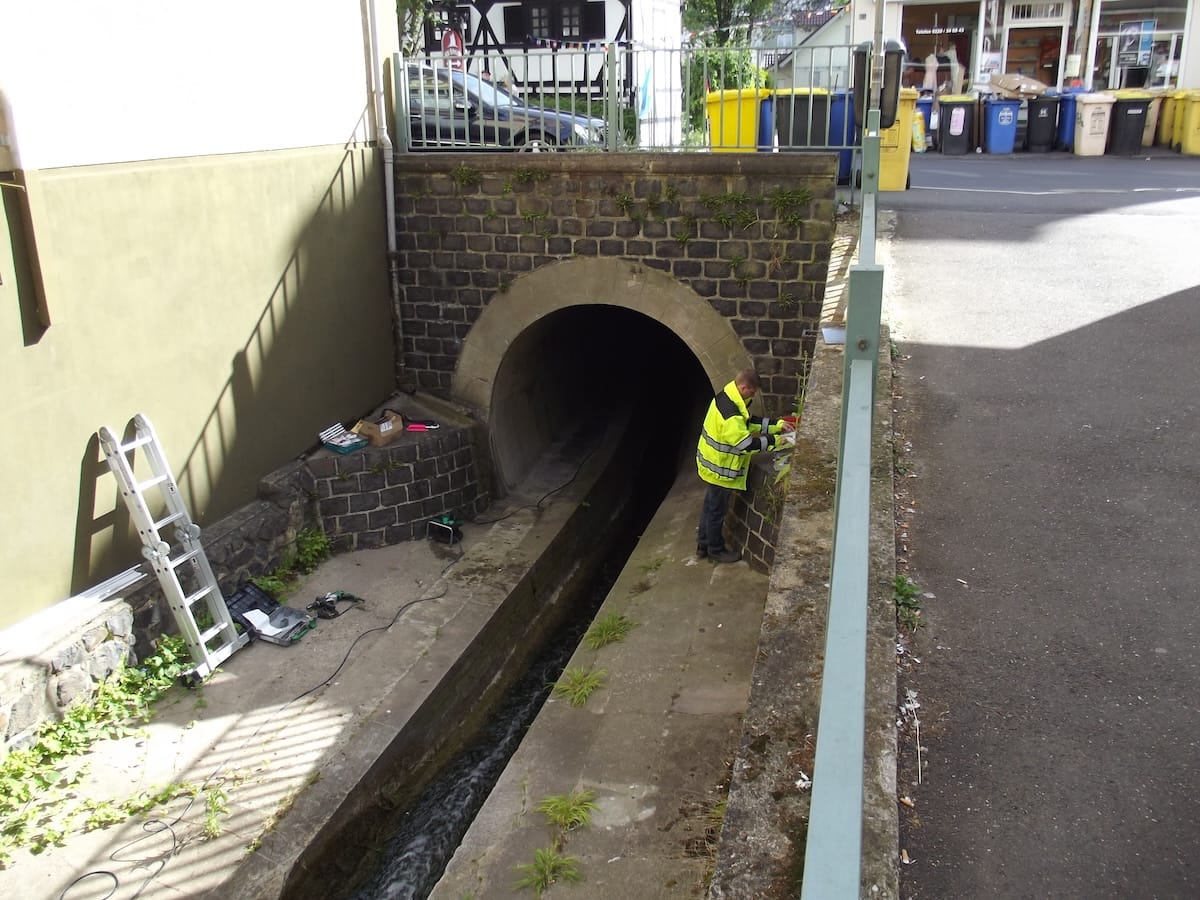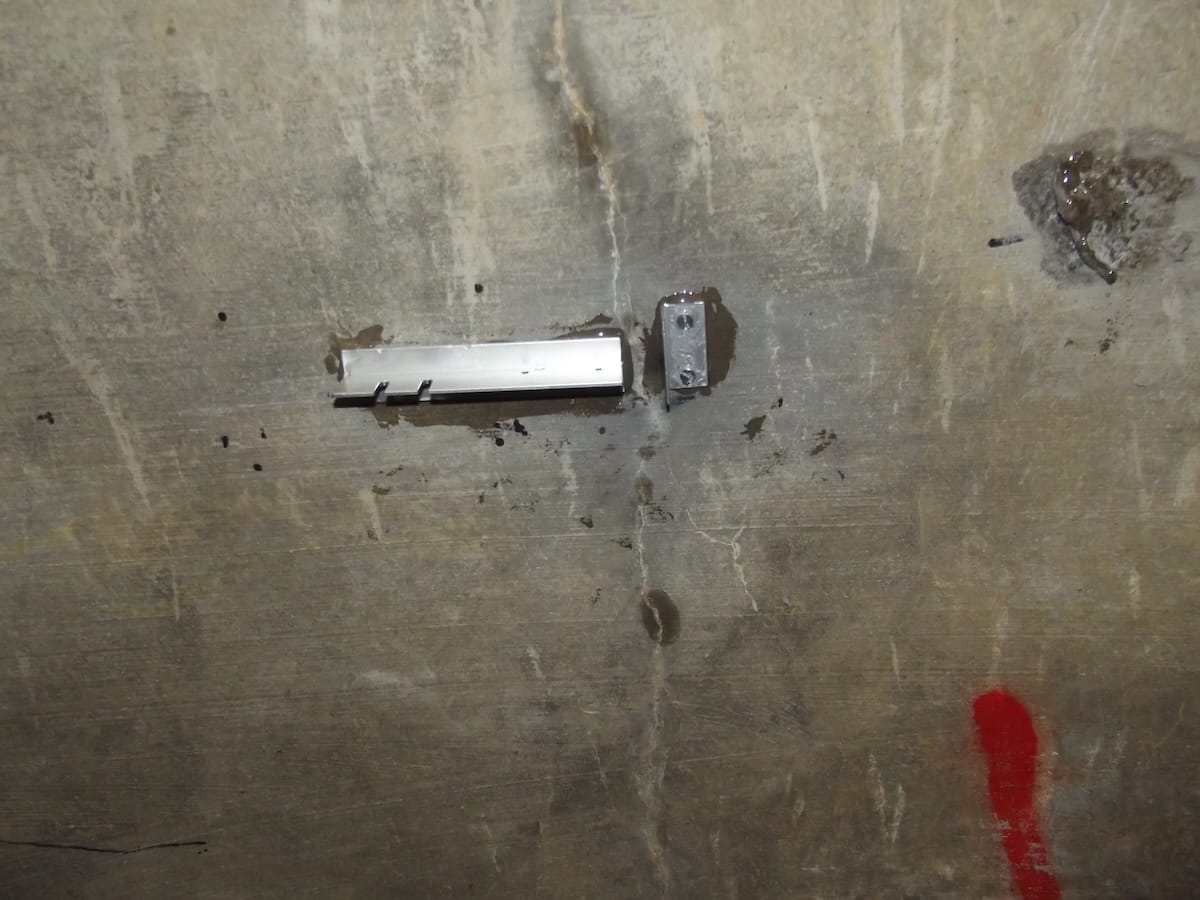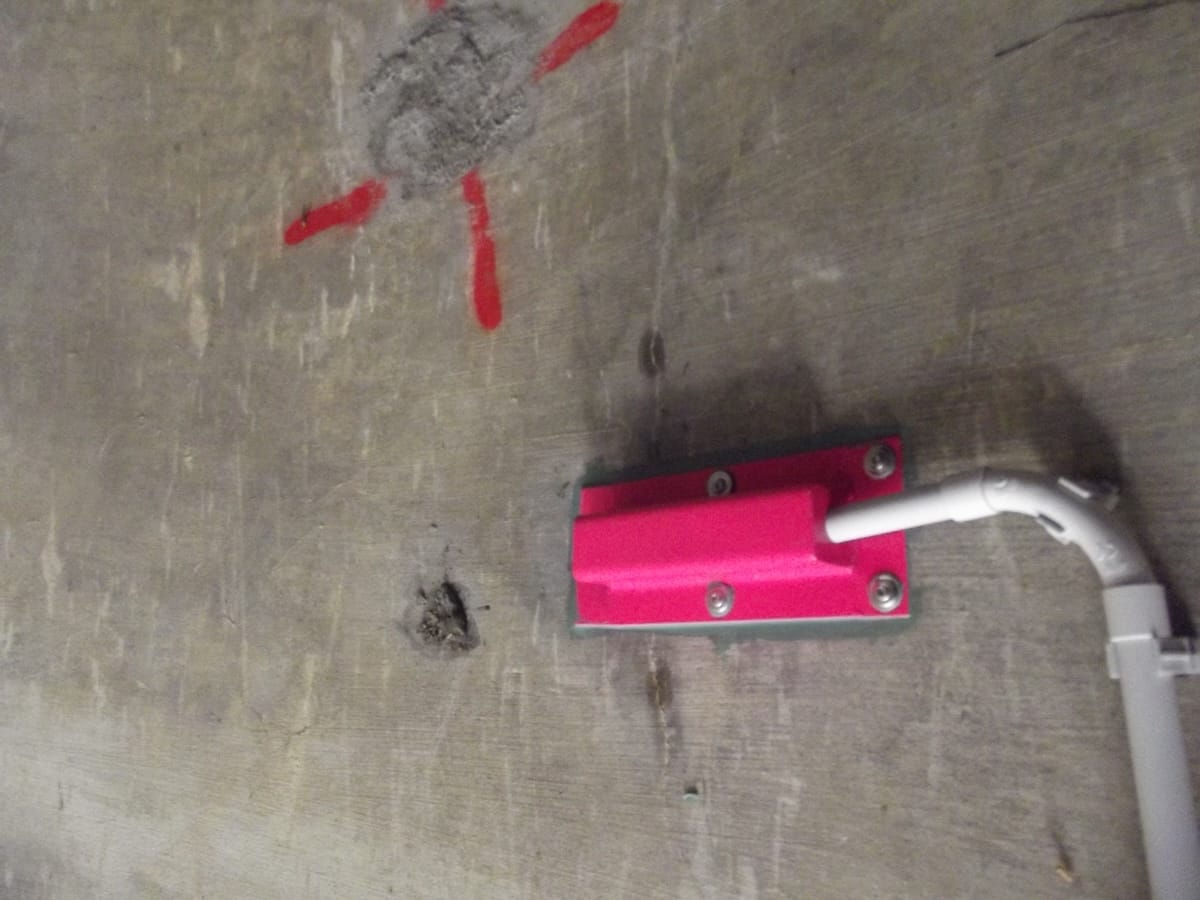Bridge in Bonn
Implementation of a digital, sensor-based and proactive online monitoring (IoT) of cracks in a bridge in Bonn.
Monitoring a bridge in Bonn using innovative sensors
Challenge
In 2019, after a flood, cracks were discovered in a bridge structure in Bonn that compromised its structural integrity. With a long-term plan to completely replace the structure by 2026, the authorities faced the challenge of ensuring the safety of the bridge until then. A quick and effective solution was needed to mitigate potential risks from progressing cracks and to maintain traffic safety.
Solution
To ensure the structural safety of the bridge until its replacement, a temporary monitoring solution was implemented. The system consisted of a solar-powered gateway equipped with two wired displacement transducers that continuously measured the widths of the two monitored cracks. This solution provided not only cost-effective monitoring but also a reliable method for alerting authorities in the event of critical changes in crack width.
The cable connection between the transducers and the gateway spanned 5 meters, although up to 25 meters would have been possible for greater flexibility. The hourly measurements were transmitted via NB-IoT technology to Infrasolute’s cloud-based data platform, where the data was analyzed and monitored in real time. In addition to crack width monitoring, the battery status of the gateway was also checked. A proactive alert system was set up to notify the responsible team when the battery level dropped below 10%.
Order crack monitoring now
Results
In 2024, increased stress on the bridge caused the crack width thresholds to be exceeded. Thanks to the proactive alert system, the local civil engineering department was able to respond immediately. Within days, appropriate measures were taken to reduce the structural load on the bridge and stabilize the crack formation.
The measures proved to be successful. Continuous monitoring allowed for precise tracking of the decreasing stress on the bridge, and the stability of the crack widths improved, with no further breaches of critical thresholds. The monitoring solution not only ensured the safety of the bridge but also helped avoid the need for costly emergency interventions.
Conclusion
The temporary monitoring solution enabled efficient crack monitoring and a swift response to critical situations. By combining high-precision sensor technology, solar power, and cloud-based data management, the safety of the structure was maintained until its final restoration. This case study highlights the importance of proactive monitoring in infrastructure maintenance and demonstrates how technological solutions can help identify and mitigate risks at an early stage.

Let us advise you!
Benedikt Seuss is your personal contact and advisor in the field of intelligent concrete structures.



